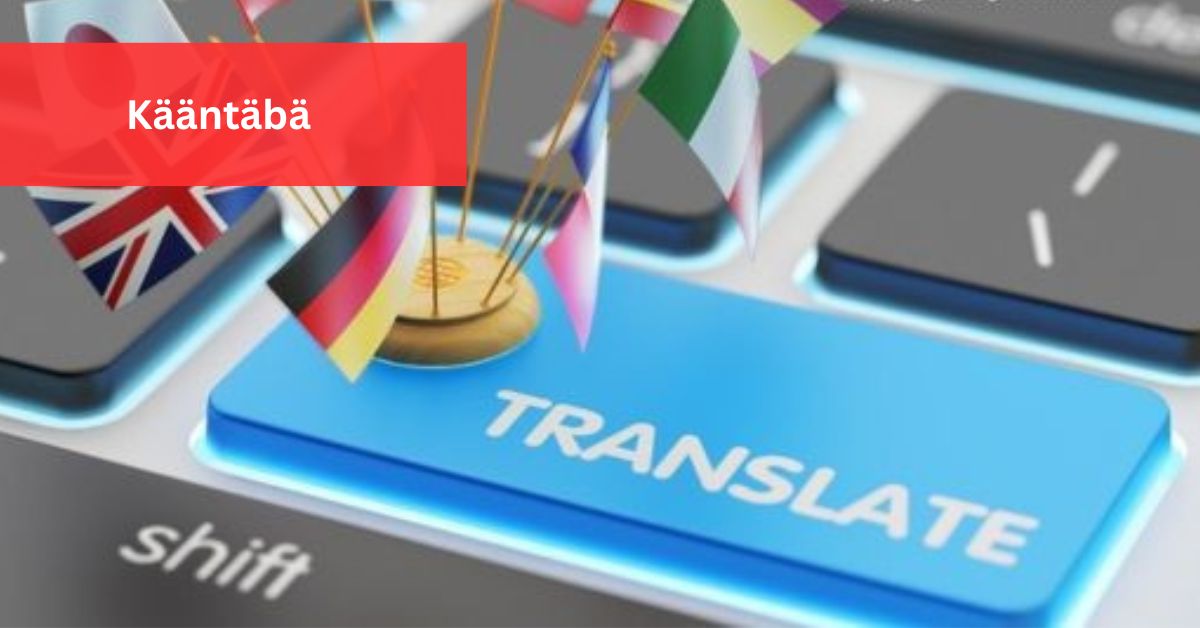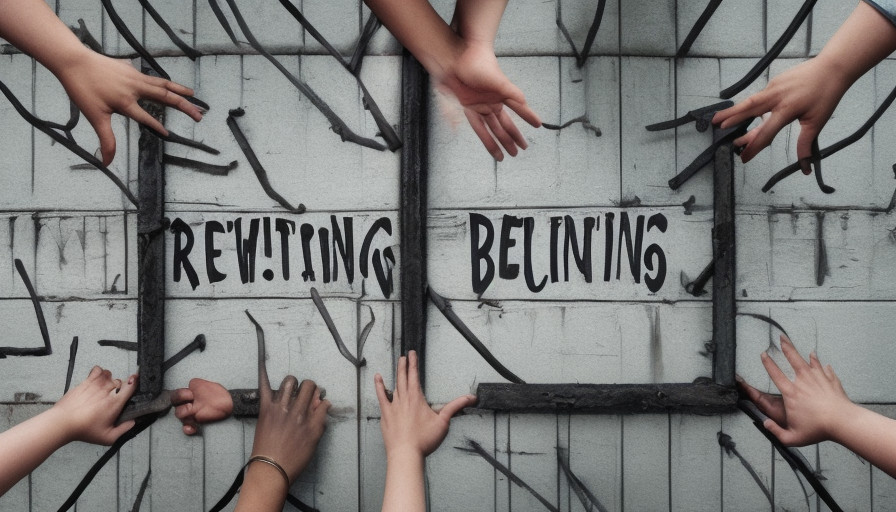Have you ever encountered a word that piqued your curiosity and beckoned you into a world of linguistic wonder? For me, that word was “Kääntäbä.” It all started one lazy afternoon as I found myself lost in the depths of the internet, clicking through random articles and videos. Suddenly, amidst the digital maze, I came across this intriguing term – “Kääntäbä”.
“Kääntäbä” is a term derived from the Finnish language, specifically from the verb “kääntää,” which means “to translate” or “to turn.” However, adding the suffix “-bä” nuances its meaning, suggesting a deeper concept that extends beyond mere linguistic translation.
In this article, we will delve into the world of “Kääntäbä,” exploring its origins, meanings, and symbolic significance. We’ll discuss how “Kääntäbä” transcends its literal definition, embodying themes of translation, adaptation, and cultural exchange.
What Is “Kääntäbä”?
“Kääntäbä” comes from the Finnish word “kääntää,” which means “to translate” or “to turn.” But when we add “-bä” to it, “Kääntäbä” means more than just translating words.
It’s about change, adapting, and understanding things in different ways. Depending on the situation, “Kääntäbä” can mean different things, but it’s always about transforming and interpreting things in new and interesting ways.
What Does The Metaphorical Significance Of “Kääntäbä” Refer To?

“Beneath its basic meaning from the Finnish word ‘kääntää,’ which means ‘to translate’ or ‘to turn,’ ‘Kääntäbä’ carries a deeper meaning that touches on culture, communication, and how people live.
Think of ‘Kääntäbä’ as a way to understand and connect with different ways of thinking, beliefs, and views from various cultures.
It’s like how translating languages helps people from different places understand each other. ‘Kääntäbä’ makes it easier for people to communicate and learn from each other, enriching our understanding of the world.
Also, ‘Kääntäbä’ is about being flexible and adaptable when we communicate. As our world becomes more connected, being able to ‘Kääntäbä’ is really important. It means not just translating words, but also understanding different cultures and finding common ground.
What Does “Flexibility And Adaptability” Mean In The Context Of “Kääntäbä” – Exploring The Dynamic Nature:
Flexibility and adaptability mean being able to change and adjust when we talk to others, especially in a world where things are always changing. In the case of “Kääntäbä,” this means being open to different ways of speaking and understanding, even if it’s not in our own language.
1. Being Flexible with Words:
Languages change over time, so being flexible means being okay with new words and how they’re used. For “Kääntäbä,” it’s not just about translating words, but also understanding different cultural meanings and finding ways to communicate that everyone can understand.
2. Understanding Different Cultures:
Being adaptable means understanding and respecting different cultures. With “Kääntäbä,” it’s important to know about other cultures and how they communicate. This helps us find common ground and work together better.
3. Paying Attention to Where and When we Talk:
Being flexible also means paying attention to where and when we talk. Different situations need different ways of communicating. With “Kääntäbä,” we need to think about the context, like who we’re talking to and why, to make sure we’re understood.
4. Using New Technology:
In today’s world, technology changes how we talk. Being flexible means using new tools, like translation apps, and understanding how they affect how we communicate. With “Kääntäbä,” it’s about using technology to help us talk to people from different backgrounds.
5. Working Together with Different Experts:
Being flexible also means working together with different experts. With “Kääntäbä,” it’s not just about language experts but also cultural experts and others. By working together, we can find better ways to communicate across languages and cultures.
Unveiling The Human Experience Through “Kääntäbä” :
When we think about life and how people live it, “Kääntäbä” isn’t just about words or where you come from. It’s more about changing and becoming better when things get tough. It’s like being really strong and not giving up when things are hard. Also, “Kääntäbä” is about bringing people together, even if they’re different.
It helps us see how diverse and interesting people are. Mostly, “Kääntäbä” is like going on a journey to learn more about yourself and the world around you. It makes us think about language, culture, and who we are. “Kääntäbä” is like a light that shows us how to understand and connect with each other better.
What Are The Key Implications Of “Kääntäbä” In Translation Studies – Exploring The Significance!

The idea of “Kääntäbä” has big meanings for translation studies. It shows us how hard it can be to translate languages exactly. Instead of just copying words from one language to another, “Kääntäbä” teaches us to think about the culture and history behind the words.
This means that every translation can be a little different because it depends on who is doing the translation and where they come from. Also, “Kääntäbä” tells us that languages are always changing, so translators need to keep up with these changes. Translating “Kääntäbä” well also means understanding different cultures and how they express things.
This requires translators to know a lot about both the language they’re translating from and the one they’re translating to. Overall, “Kääntäbä” encourages translators to find new ways to communicate across different cultures. It pushes them to look deeper into what words mean and try to make translations that really connect with people.
FAQs About “Kääntäbä”:
1. What language does “Kääntäbä” originate from?
“Kääntäbä” is derived from the Finnish language, renowned for its complex grammar and rich vocabulary.
2. Does “Kääntäbä” have a fixed definition?
The exact meaning of “Kääntäbä” may vary depending on context, but it generally embodies themes of translation, adaptation, and interpretation.
3. How is “Kääntäbä” relevant in today’s globalized world?
In a world characterized by globalization and multiculturalism, “Kääntäbä” represents the importance of navigating cultural nuances and fostering mutual understanding across diverse contexts.
Conclusion:
“Kääntäbä” shows how language can bring people together, even across different cultures. Its mysterious nature encourages us to think about it, talk about it, and reflect on its meaning.
Whether we look at it from a language, culture, or human perspective, “Kääntäbä” is fascinating and reminds us how amazing and complicated language can be.
Read:













































Leave a Reply